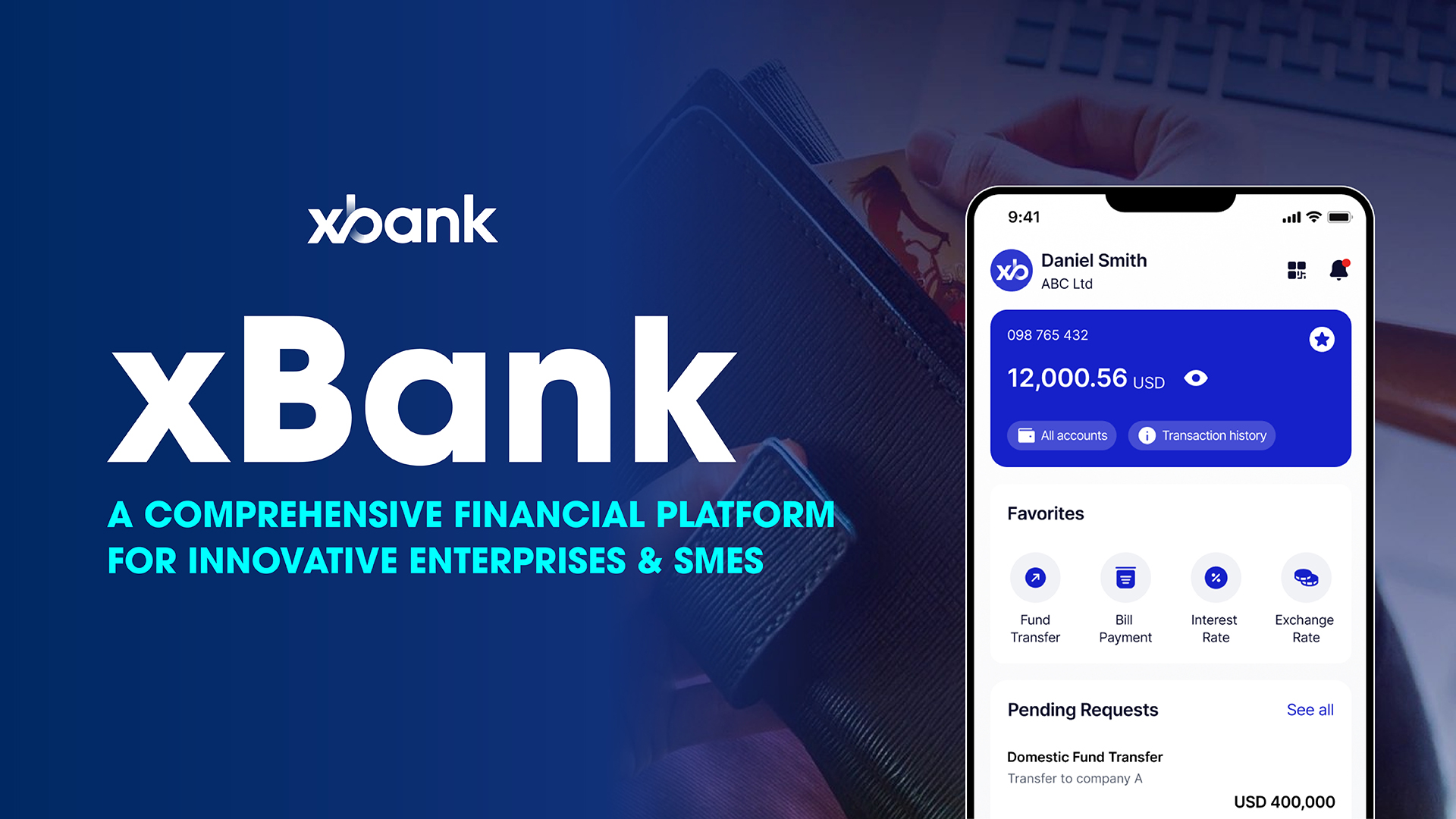The global banking industry is undergoing a dramatic transformation, driven by groundbreaking advancements in FinTech, Cloud Hosting, Digital Banking, and their intersection with E-Commerce Platforms. These innovations are not merely improving existing financial processes but are fundamentally redefining how banks, businesses, and consumers interact with money. Central to this transformation are artificial intelligence (AI) and data analytics, which serve as the pillars of modern banking systems.
The financial industry has entered a transformative era, with FinTech innovations, Cloud Hosting, and cutting-edge Digital Banking solutions reshaping the way businesses and individuals manage money. As the digital economy expands, E-Commerce Platforms are seamlessly integrating financial services into their ecosystems, making AI and data indispensable in driving this evolution. This blog explores how artificial intelligence (AI) and data analytics are revolutionizing digital banking, supported by advancements in FinTech and cloud technologies.
This article provides a detailed exploration of how AI and data are shaping the future of digital banking, backed by a robust analysis of trends, challenges, and opportunities for financial institutions, FinTech companies, and e-commerce platforms.
1. The Digital Banking Revolution: Where FinTech Meets Innovation
Digital banking is no longer a luxury but a necessity in today’s interconnected world. From mobile banking apps to online payment systems, digital banking solutions have become the cornerstone of the financial ecosystem.

The term “digital banking” encompasses a broad range of online financial services, from simple money transfers to complex lending systems and investment portfolios. What sets modern digital banking apart is its reliance on technology to deliver seamless, customer-centric experiences.
1.1 The Influence of FinTech on Digital Banking
FinTech, short for financial technology, has been the driving force behind the digital banking revolution. By leveraging advanced algorithms, blockchain, and mobile technologies, FinTech companies are creating solutions that make financial services more accessible, affordable, and efficient.
- Instantaneous Services: FinTech has eradicated the traditional delays associated with banking transactions. For instance, mobile apps powered by FinTech allow instant money transfers and real-time account updates.
- Alternative Lending Models: Peer-to-peer lending and microfinance are two FinTech innovations that bypass traditional banking intermediaries, providing customers with more options and better rates.
- Blockchain and Cryptocurrency: Blockchain-based systems have introduced transparent and tamper-proof transaction mechanisms, which are particularly beneficial for cross-border payments and digital asset management.
1.2 Digital Banking’s Partnership with E-Commerce Platforms
E-commerce platforms are no longer limited to selling goods and services. They now serve as ecosystems that offer embedded financial services like digital wallets, credit options, and payment gateways.
- Embedded Finance: This integration allows customers to secure loans, purchase insurance, or invest directly from e-commerce platforms. For instance, buy-now-pay-later (BNPL) services simplify online shopping, boosting customer satisfaction and merchant revenue.
- Cross-Platform Synergy: By combining digital banking capabilities with e-commerce platforms, businesses enhance their ability to cater to the fast-evolving needs of consumers who demand speed, convenience, and personalization.
2. Artificial Intelligence: The Brain Behind Digital Banking
AI has emerged as a transformative force in digital banking, offering solutions that enhance efficiency, security, and customer engagement.
2.1 Personalization at Scale
Gone are the days of one-size-fits-all banking services. AI enables hyper-personalized customer experiences by analyzing individual preferences and behaviors.
- AI Chatbots and Virtual Assistants: Tools like these provide instant support, answering queries, processing requests, and offering tailored financial advice.
- Recommendation Engines: AI-powered systems suggest suitable financial products based on a customer’s transaction history and financial goals, thereby improving cross-selling and up-selling opportunities.
2.2 Fraud Prevention and Risk Management
Fraudulent activities pose a significant threat to digital banking. AI-driven fraud detection systems use machine learning to identify and neutralize risks in real time.
- Pattern Recognition: AI systems monitor transaction patterns to detect anomalies, flagging potentially fraudulent activities for review.
- Credit Risk Analysis: Advanced algorithms assess creditworthiness more accurately than traditional methods, enabling faster and more reliable loan approvals.
2.3 Operational Efficiency Through Automation
AI streamlines banking operations by automating routine tasks, reducing operational costs, and minimizing human errors.
- Document Processing: AI-powered tools can process loan applications and compliance documents much faster than manual methods.
- Predictive Maintenance: For digital banking platforms, AI predicts system failures, ensuring uninterrupted services.
3. Data: The Lifeblood of Digital Banking
Data is often referred to as the “new oil,” and in digital banking, it’s the resource that powers every innovation. Banks and FinTech companies collect vast amounts of data, which, when analyzed effectively, can unlock new revenue streams and operational efficiencies.

3.1 Big Data Analytics in Banking
Big data technologies enable banks to process and analyze massive datasets, transforming raw information into actionable insights.
- Customer Segmentation: By analyzing data, banks can segment their customer base to offer tailored services and targeted marketing.
- Market Forecasting: Big data analytics helps financial institutions predict market trends, enabling proactive investment and lending strategies.
3.2 Cloud Hosting: The Backbone of Data Management
Cloud Hosting has revolutionized how banks store, manage, and utilize data.
- Scalability: Cloud platforms offer on-demand scalability, allowing banks to handle surges in transaction volumes without compromising performance.
- Cost Savings: By eliminating the need for expensive on-premise infrastructure, cloud hosting reduces operational costs.
- Enhanced Collaboration: Cloud systems facilitate seamless collaboration between departments and across geographical locations, fostering innovation and efficiency.
3.3 Data Security and Compliance
While data offers immense benefits, it also presents challenges, particularly regarding security and compliance.
- Cybersecurity: Financial institutions invest heavily in encryption, AI-powered monitoring, and two-factor authentication to protect sensitive customer data.
- Regulatory Compliance: Banks must navigate complex regulatory landscapes, such as GDPR and PSD2, to ensure data privacy and security.

4. The Role of E-Commerce Platforms in the Digital Banking Ecosystem
The integration of digital banking with e-commerce platforms is a natural evolution in today’s interconnected digital world.
4.1 Financial Services Beyond Banking
E-commerce platforms now offer financial services that rival traditional banks.
- Lending and Credit: Many platforms provide instant credit to customers, simplifying the purchasing process.
- Investment Opportunities: E-commerce giants are beginning to offer investment products, allowing users to diversify their financial portfolios.
4.2 Simplifying Payments
Digital wallets, powered by FinTech and supported by cloud hosting, have become ubiquitous. These wallets allow for instant payments, seamless refunds, and cross-border transactions, benefiting both customers and merchants.
4.3 Trust and Brand Loyalty
By offering reliable and secure banking services, e-commerce platforms build trust and loyalty among their user base, enhancing their market position.
5. Challenges in the Age of AI and Data-Driven Banking
While AI, data, and cloud technologies present numerous opportunities, they also bring challenges that financial institutions must address.
5.1 Ethical Concerns in AI
The use of AI raises questions about bias, transparency, and accountability. Banks must ensure that their AI systems are fair, explainable, and unbiased.
5.2 Cybersecurity Threats
As digital banking systems become more sophisticated, so do cyberattacks. Financial institutions must stay ahead of hackers by continually updating their security protocols.
5.3 Balancing Innovation and Regulation
Navigating the complex regulatory environment while fostering innovation is a significant challenge. Non-compliance can result in hefty fines and reputational damage.
5.4 Customer Expectations
As customers become accustomed to seamless digital experiences, their expectations continue to rise. Banks must innovate constantly to keep up, ensuring they remain competitive in a crowded marketplace.
6. The Road Ahead: A Unified Financial Ecosystem
The future of digital banking is poised to be one of collaboration, where FinTech, cloud hosting, digital banking, and e-commerce platforms converge to form a unified financial ecosystem.

6.1 Emerging Technologies
- Blockchain and Smart Contracts: These technologies could further revolutionize banking by automating trust and reducing transaction times.
- Quantum Computing: Though still in its infancy, quantum computing has the potential to solve complex financial problems at unprecedented speeds.
6.2 Customer-Centric Innovations
As AI and data technologies evolve, they will enable even more personalized and efficient banking services, catering to the unique needs of each customer.
6.3 Global Accessibility
Cloud hosting ensures that digital banking services are available to anyone, anywhere, fostering financial inclusion and bridging the gap between developed and developing economies.
Conclusion: Pioneering the Future of Finance
The future of digital banking lies at the intersection of AI, data, FinTech, cloud hosting, and e-commerce platforms. Together, these technologies are creating a seamless, secure, and customer-centric banking experience.
The transformation of digital banking, fueled by AI, data, FinTech, and cloud hosting, is reshaping the financial landscape. These innovations are not just about adopting new technologies; they represent a shift toward a customer-first approach, where convenience, personalization, and security reign supreme. The key to success lies in embracing these innovations while addressing the associated challenges. As AI and data continue to dominate the digital landscape, banks must position themselves as pioneers of the new financial frontier.
For financial institutions, the path forward lies in leveraging these technologies to create seamless, secure, and customer-centric solutions. By embracing change and addressing challenges head-on, banks can position themselves as leaders in the digital-first financial world. The future is here, and it belongs to those who can harness the power of AI and data to redefine the possibilities of digital banking.
This transformation is not just about technology; it’s about reimagining what banking can be in a digital-first world. The future belongs to those who can harness the power of AI and data to drive innovation, deliver value, and earn customer trust in an ever-evolving financial ecosystem.






